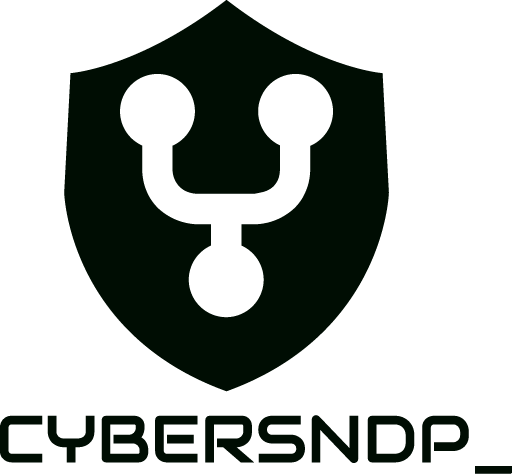In this blog, I’ll share my experience taking and passing the eLearnSecurity Certified Professional Penetration Tester (eCPPTv2) certification. This journey was an insightful mix of technical skills and strategy, and I hope sharing it here will help others navigate similar paths.
Pivoting is important
Pivoting was a crucial part of the exam. Understanding port forwarding concepts and the ability to use pivoting features in tools like Metasploit was essential. With each newly compromised system, I used it as a “pivot point,” setting up port forwarding to extend my access deeper into the network.
Visualizing the network
Visualizing the network was a key part of my process during the exam as it helped me keep track of my progress as I compromised the network. Using a whiteboard, I mapped out the hosts I had compromised, the ones I used as pivot points and new hosts I discovered along the way. This clear visual representation made it easier to understand the traffic flow and plan my next steps. Seeing the network as a whole allowed me to quickly identify which segments were accessible and what tactics to use for moving laterally. I recommend any kind of visual tool, whether digital or physical, to stay organized and keep track of your progress in complex network environments.
Buffer Overflow
Buffer overflow was another significant part of the exam experience, and having a solid understanding of the concept was essential. Practicing on platforms like TryHackMe was incredibly helpful in building my confidence and familiarity with each step of the exploitation process, from identifying the overflow to crafting the exploit. Through consistent practice, I learned how to approach memory layout, manage EIP control, and write payloads effectively. I highly recommend focusing on labs that guide you through different overflow scenarios, as hands-on practice is the best way to prepare for this part of the exam.
Post-Exploitation
In post-exploitation, gathering extensive information from a compromised host is critical, as it often reveals the path for lateral movement within a network. During my exam, I found that effectively enumerating the compromised hosts for sensitive information allowed me to extend my access and move laterally. The more details you collect, the better prepared you are to plan your next move, making this phase crucial for a comprehensive penetration test.
Reporting
Proper documentation is not only about passing the exam but also about building the essential habit of detailed, precise reporting. A strong report enables organizations to prioritize their security measures effectively and demonstrates the value of the penetration test. In my certification journey, learning to document findings in a structured and professional manner highlighted how essential good reporting is for making a real difference in an organization’s security posture.
Exam Timeline
Here’s a rough breakdown of my timeline for the eLearnSecurity Certified Professional Penetration Tester
- Days 1 – 4: Focused on compromising all the target machines in the network.
- Days 5 – 7: Moved deeper into the network, identifying additional vulnerabilities, gathering as much detail as possible, and taking extensive screenshots for my report.
- Days 8 – 10: Dedicated solely to organizing my notes, refining documentation, and preparing the final report.
I uploaded my report on November 2, 2024, and it was assessed on November 4, 2024. Following a structured timeline like this kept me organized and ensured I met the exam’s requirements without stress.

Final Thoughts
Completing the eCPPT certification was challenging but immensely rewarding. Each skill—from network mapping to post-exploitation—built upon the last, requiring patience and critical thinking. If you’re considering eCPPT or similar certification, immerse yourself in each section of the curriculum, document every discovery, and remember that persistence is key!

Leave a Reply